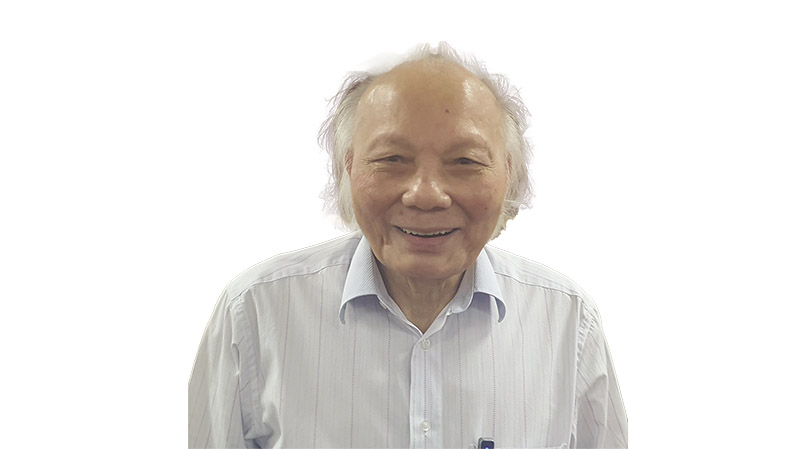 |
| Prof. Dr. Nguyen Mai, Chairman of the Association of Foreign Investment Enterprises (VAFIE) |
If we want economic growth to reach at least 8% this year and double digits in the following years, we need to encourage all economic sectors to develop, of which the FDI sector is an important component. It has been nearly 40 years since Vietnam welcomed the first FDI capital inflows. Overall, how do you evaluate this resource?
It can be said that the FDI sector has developed rapidly and effectively, becoming an important part of the economy, contributing positively to the country's socio-economic development. Foreign investment activities are increasingly vibrant, many multinational corporations and large enterprises with modern technology have invested in our country; the scale of capital and quality of projects have increased, contributing to creating jobs and income for workers; improving qualifications and production capacity; increasing state budget revenue, stabilizing the macro-economy; promoting economic restructuring, renewing the growth model; enhancing Vietnam's position and prestige in the international arena.
According to the Foreign Investment Agency ( Ministry of Finance ), the FDI sector has invested in 19/21 sectors of the economy. By early 2025, there were over 42,000 valid FDI projects, with a total registered capital of 502.8 billion USD, of which the implemented capital accounted for over 64%. Of the total capital being implemented, the processing and manufacturing industry accounted for 61.4%. If the electricity and gas production and distribution sectors were added together, the FDI sector invested in these two sectors accounted for 69.70% with a total capital of over 350.691 billion USD.
This is a huge source of capital poured into the economy and invested in two areas that can be said to be the foundation of development, because any country that wants to become prosperous must start from industry and no economy can develop if the power source is insufficient and the quality of electricity is unstable. These figures have shown the role and importance of the FDI sector to our country's economy.
However, the 10 largest foreign investors to date are still mainly from East Asia and Southeast Asia, lacking investors from countries with developed technology such as the EU (except the Netherlands) and the United States.
The world landscape in 2025 is very different from 2024 due to changes in trade policy since President Donald Trump took over the White House. Sir, have foreign investors changed their views on Vietnam?
According to the Japan External Trade Organization (Jetro), the investment environment in Vietnam, with very favorable objective conditions, has created conditions for over 64% of Japanese enterprises investing in Vietnam to make a profit. About 50.4% of Japanese enterprises operating in Vietnam believe that the business environment in Vietnam this year is better than in 2024, with only 9.2% predicting a deterioration due to changes in global trade.
Meanwhile, about 75% of European businesses that are members of the European Chamber of Commerce in Vietnam (EuroCham) believe that Vietnam remains the best choice in the list of priority investment locations thanks to the continuous improvement of the business environment. EuroCham, Jetro and foreign investors have confidence in the prospects of the Vietnamese market, which is reinforced by the reform of the state management apparatus from the central to local levels.
What about the largest investor in Vietnam, South Korea, sir?
Currently, South Korea has invested in over 10,100 projects in Vietnam, with a total registered capital of over 92 billion USD, accounting for 18.3% of total registered FDI capital. When President Donald Trump announced a reciprocal tax rate of up to 46% for Vietnam, many South Korean investors were very worried. However, when witnessing Vietnam's efforts in negotiating with the United States on tariffs, even Vietnam's willingness to reduce import tariffs on US goods to 0% and move towards negotiating a Free Trade Agreement with the United States, South Korean businesses were more assured.
FDI enterprises highly appreciated the phone call between General Secretary To Lam and President Donald Trump; the General Secretary sending a special envoy, Deputy Prime Minister Ho Duc Phoc, to work with relevant agencies and US politicians; the Prime Minister continuously held working sessions with ministries, sectors, enterprises and established a negotiating delegation on a reciprocal trade agreement with the US. Up to this point, Korean enterprises in particular and the FDI enterprise community in general have more confidence in Vietnam's solidarity.
The Korea Trade-Investment Promotion Organization (KOTRA) believes that despite the economic context being affected by US policies, Vietnam's electronics, semiconductor, digital economy, and information technology manufacturing facilities are still on the rise, creating momentum for Korean businesses to expand investment in information technology, software, and AI.
The change in world trade flows has also changed the flow of FDI. Could this be an opportunity for Vietnam to attract FDI into high technology, especially semiconductor chips?
According to calculations, the size of Vietnam's semiconductor industry market in the period of 2025-2030 will reach 25 billion USD per year and double in the next 10 years. With a large market size and growth of 10-20% per year, since 2024, the Prime Minister has issued the Strategy for Development of the Semiconductor Industry to 2030 and Vision to 2050 (Decision 1018/QD-TTg dated September 21, 2024) assigning specific tasks to each ministry and sector with specific implementation time.
This is a very important decision, because Vietnam has geopolitical advantages and human resources in the semiconductor industry; at the same time, it is an opportunity for Vietnam to participate more deeply in the supply chain of the global semiconductor industry. Vietnam cannot miss the opportunity when it is located in the center of the region that accounts for 70% of the production output of the global semiconductor industry; it is a country that has strategic partnerships with many semiconductor powers. Not to mention, we have the potential for rare earth reserves, estimated at about 22 million tons, ranking second in the world.
We do not want to miss the opportunity, nor do foreign investors want to be slow in entering the semiconductor chip manufacturing market in Vietnam. Apple has completed the transfer of 11 audiovisual equipment factories to Vietnam. Foxxconn, Luxshare and Goerteck have also simultaneously increased capital for projects they are investing in Vietnam.
We have witnessed the US Semiconductor Industry Association with the participation of many businesses coming to Vietnam (not to mention small groups) to learn about the investment environment to decide to move semiconductor chip manufacturing locations. In 2024, Vietnam has attracted many FDI projects to produce semiconductor chips.
These are positive premises for 2025 to continue to increase the prospect of attracting FDI into this field in particular, and high technology in general, despite the complicated developments of the global trade crisis.
Source: https://baodautu.vn/khong-the-bo-lo-co-hoi-thu-hut-fdi-vao-cong-nghe-cao-d269500.html



![[Photo] Top players gather at the 2025 Nhan Dan Newspaper National Table Tennis Championship](https://vphoto.vietnam.vn/thumb/1200x675/vietnam/resource/IMAGE/2025/5/23/9ad5f6f4faf146b08335e5c446edb107)




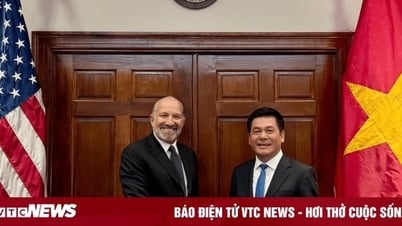



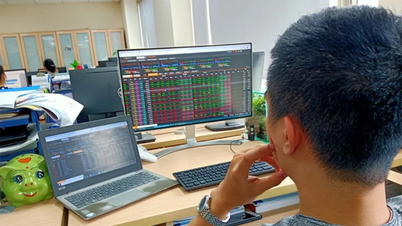

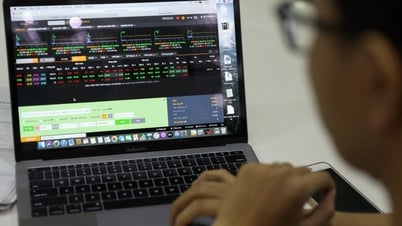

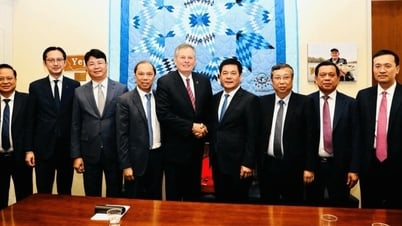








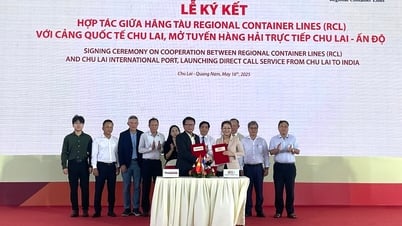














































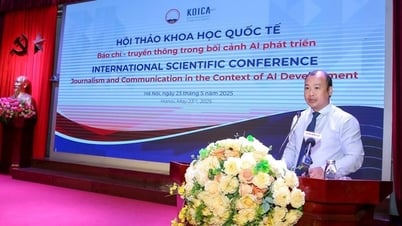
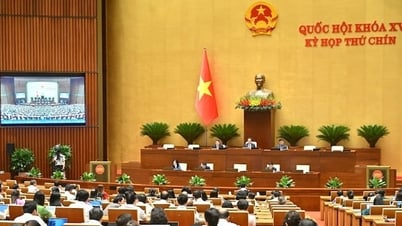



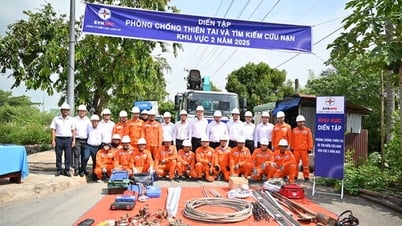

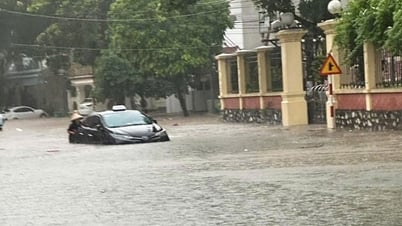
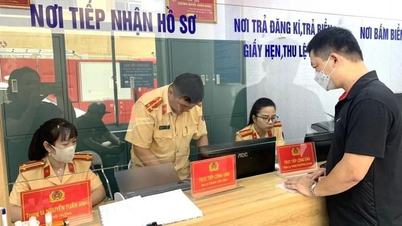














Comment (0)